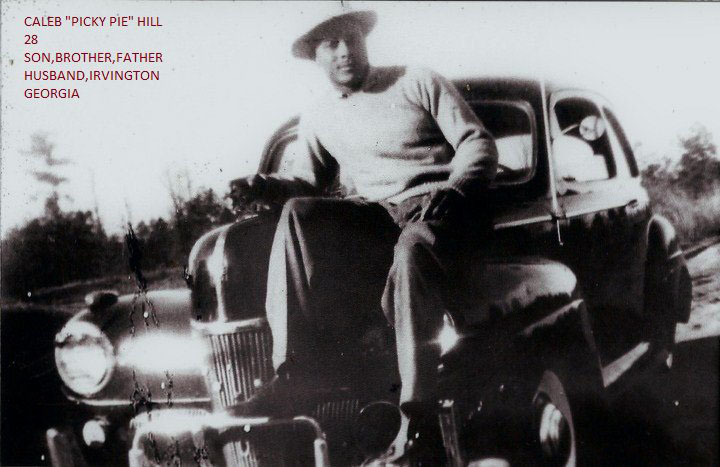Reading Recommendations for Native American Heritage Month
American Indian activists began working to establish a national “American Indian Day” in the early 20th century. Native advocates like Arthur C. Parker, Sherman Coolidge, and Red Fox James believed that a national day of observation would commemorate the Indigenous community’s history and culture. Various individual states established “American Indian Days” between 1915 and 1920; more recently, some states—including Massachusetts—have changed the second Monday of October, formerly “Columbus Day,” to “Indigenous Peoples’ Day,” to focus on the stories of the Native peoples who existed in these lands before European contact, rather than on the oppressors, and to acknowledge the United States’ complicated legacy of colonialism and white violence. In 1990, President George H.W. Bush declared November National Native American Heritage Month (also known as “American Indian Heritage Month”).
Throughout November, visit the Hub on the first floor of Snell Library to explore our print collections featuring Native and Indigenous authors. If you’re not in Boston (and even if you are), make sure to check out the e-books and audiobooks on our virtual bookshelf! Here are some recommended reads from our collection:
The Only Good Indians by Stephen Graham Jones (2020): If Halloween didn’t fulfill your cravings for creepy, check out the book Entertainment Weekly called “one of 2020’s buzziest horror novels.” The dark past of four American Indian families leave them terrorized by a vindictive entity determined to make them pay for their sins.
Split Tooth by Tanya Tagaq (2018): This award-winning novel by Inuk throat singer and artist Tanya Tagaq traces a girlhood in 1970s Nunavut, blending myth and memoir. The audiobook is read by Tagaq herself.
Poet Warrior by Joy Harjo (2021): Three-time United States Poet Laureate Joy Harjo writes about her ancestry and the tribal stories and traditions that shaped her. She meditates on grief, loss, ritual, memory, music, joy and everything in between.
This Land is Their Land: The Wompanoag Indians, Plymouth Colony, and the Troubled History of Thanksgiving by David J. Silverman (2019): Historian David J. Silverman unmasks the truth behind the simple, cheerful Thanksgiving story still taught in kindergartens around the country, and places the Wampanoag tribe at the center of the narrative.







